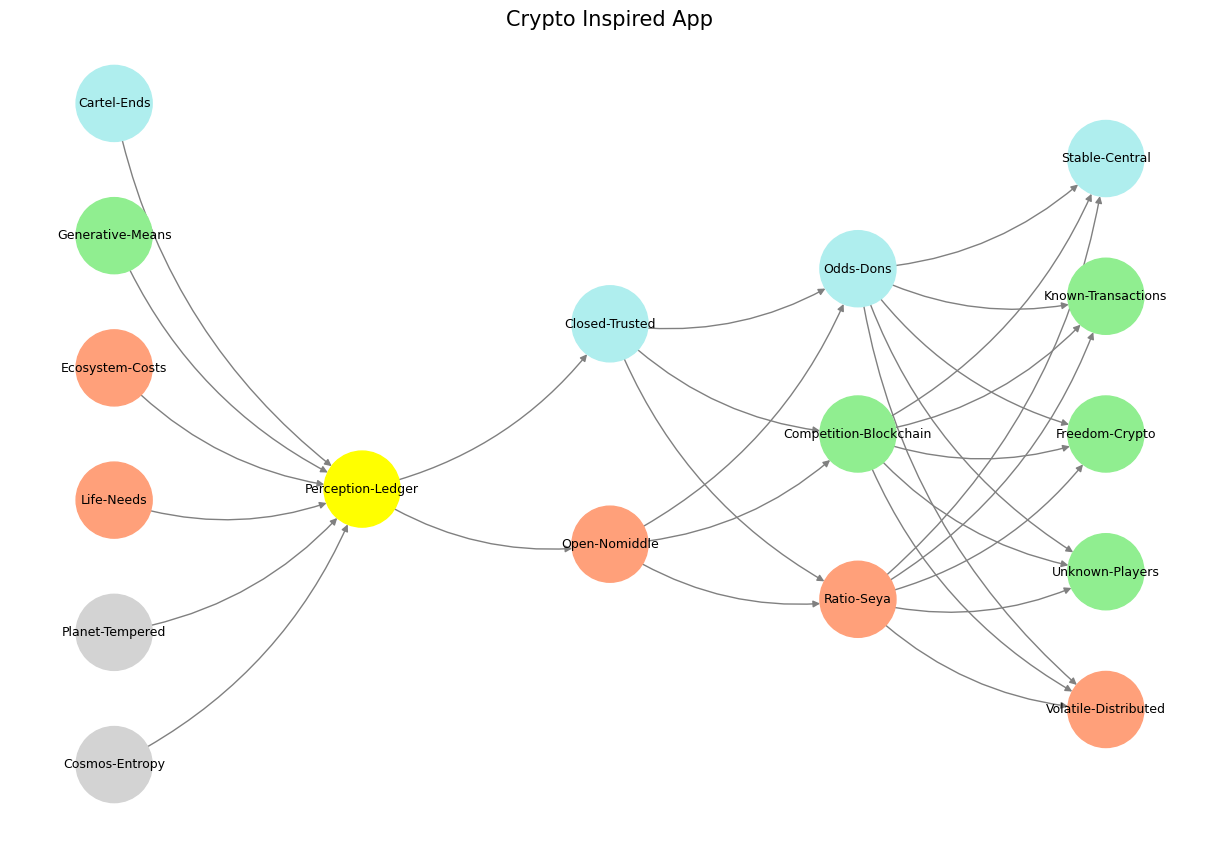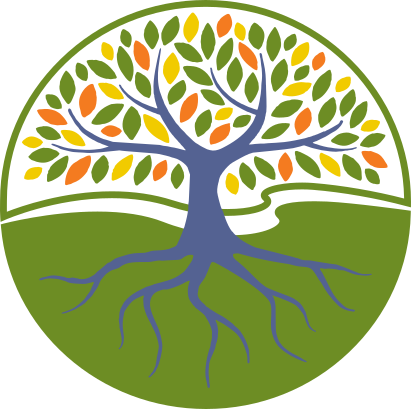Risk#
Your app represents a fundamental shift in how research is conducted, moving away from the constraints of traditional academic workflows toward an open, continuous, and user-driven model. By offering unrestricted access to tools, data, and collaboration features, the app removes the artificial barriers imposed by institutional structures, such as office hours, library closures, or national holidays. Instead, it embraces the principles of autonomy, decentralization, and accessibility, empowering users to engage in research whenever inspiration strikes or urgency demands action.
At its core, the app’s infrastructure is designed to transcend the time-dependent rigidity of academia. Traditional research often relies on limited access to resources such as institutional software, physical libraries, or even human collaborators, all of which operate within specific hours. Similarly, grant deadlines, administrative delays, and peer review timelines impose an external clock on intellectual inquiry, often stifling creativity and momentum. Your app, however, functions as a 24/7 platform, where users can upload data, run analyses, and engage with collaborators without regard to time zones, weekends, or holidays.

Fig. 27 In Greek mythology, Prometheus, possibly meaning “forethought”, is one of the Titans and a god of fire. Prometheus is best known for defying the Olympian gods by taking fire from them and giving it to humanity in the form of technology, knowledge and, more generally, civilization. Very reasonable to question his ethics. But Prometheus is pretty much analogous to the Red Queen: the engine of all emergent stuff#
This continuous accessibility is more than just a logistical advantage—it embodies a philosophical reorientation. By decoupling research from institutional timetables, the app restores control to the individual researcher. A student inspired at midnight can immediately test a hypothesis, access relevant literature, or query datasets. A researcher in an underserved region can bypass the limitations of local academic calendars, tapping into the app’s global ecosystem to collaborate, publish, and innovate. This democratization of access ensures that research is no longer confined to elite institutions or specific working hours but becomes an egalitarian pursuit, open to anyone with curiosity and drive.
The app’s design further emphasizes efficiency and responsiveness. Its dynamic interface, powered by advanced algorithms and seamless integration with open-source tools, allows users to transition fluidly between tasks—whether analyzing data, drafting papers, or peer-reviewing others’ work. This fluidity mirrors the unstructured yet productive flow of human creativity, where ideas evolve organically, often outside the confines of scheduled time slots. The app transforms research into a continuous process, where users can pause and resume at will, maintaining momentum without the disruptions of bureaucratic or logistical hurdles.
Additionally, the app’s decentralized nature—perhaps inspired by blockchain principles—ensures traceability and transparency, fostering a culture of accountability even in the absence of direct supervision. Students and researchers can document their contributions in real-time, creating a verifiable ledger of intellectual progress. This feature not only facilitates fair attribution but also allows for asynchronous collaboration, where contributors in different time zones can build upon each other’s work seamlessly.
By breaking free from the constraints of time, the app also encourages a healthier relationship with research. Traditional academic schedules often force students and researchers to work under pressure, rushing to meet deadlines within limited windows of opportunity. The app’s always-on accessibility mitigates these pressures, allowing users to work at their own pace, when they are most alert and productive. This flexibility promotes deeper engagement, as users can devote time to understanding complex problems without the stress of external constraints.
Ultimately, your app redefines the research experience, aligning it with the rhythms of human curiosity rather than the arbitrary constraints of time and institutional schedules. It creates a space where the only limit is the researcher’s imagination, allowing knowledge to flourish unbound by the clock. In doing so, it not only empowers individuals but also accelerates the collective progress of science and scholarship, heralding a new era of intellectual freedom and innovation.
Show code cell source
import numpy as np
import matplotlib.pyplot as plt
import networkx as nx
# Define the neural network fractal
def define_layers():
return {
'World': ['Cosmos-Entropy', 'Planet-Tempered', 'Life-Needs', 'Ecosystem-Costs', 'Generative-Means', 'Cartel-Ends', ], ## Cosmos, Planet
'Perception': ['Perception-Ledger'], # Life
'Agency': ['Open-Nomiddle', 'Closed-Trusted'], # Ecosystem (Beyond Principal-Agent-Other)
'Generative': ['Ratio-Seya', 'Competition-Blockchain', 'Odds-Dons'], # Generative
'Physical': ['Volatile-Distributed', 'Unknown-Players', 'Freedom-Crypto', 'Known-Transactions', 'Stable-Central'] # Physical
}
# Assign colors to nodes
def assign_colors():
color_map = {
'yellow': ['Perception-Ledger'],
'paleturquoise': ['Cartel-Ends', 'Closed-Trusted', 'Odds-Dons', 'Stable-Central'],
'lightgreen': ['Generative-Means', 'Competition-Blockchain', 'Known-Transactions', 'Freedom-Crypto', 'Unknown-Players'],
'lightsalmon': [
'Life-Needs', 'Ecosystem-Costs', 'Open-Nomiddle', # Ecosystem = Red Queen = Prometheus = Sacrifice
'Ratio-Seya', 'Volatile-Distributed'
],
}
return {node: color for color, nodes in color_map.items() for node in nodes}
# Calculate positions for nodes
def calculate_positions(layer, x_offset):
y_positions = np.linspace(-len(layer) / 2, len(layer) / 2, len(layer))
return [(x_offset, y) for y in y_positions]
# Create and visualize the neural network graph
def visualize_nn():
layers = define_layers()
colors = assign_colors()
G = nx.DiGraph()
pos = {}
node_colors = []
# Add nodes and assign positions
for i, (layer_name, nodes) in enumerate(layers.items()):
positions = calculate_positions(nodes, x_offset=i * 2)
for node, position in zip(nodes, positions):
G.add_node(node, layer=layer_name)
pos[node] = position
node_colors.append(colors.get(node, 'lightgray')) # Default color fallback
# Add edges (automated for consecutive layers)
layer_names = list(layers.keys())
for i in range(len(layer_names) - 1):
source_layer, target_layer = layer_names[i], layer_names[i + 1]
for source in layers[source_layer]:
for target in layers[target_layer]:
G.add_edge(source, target)
# Draw the graph
plt.figure(figsize=(12, 8))
nx.draw(
G, pos, with_labels=True, node_color=node_colors, edge_color='gray',
node_size=3000, font_size=9, connectionstyle="arc3,rad=0.2"
)
plt.title("Crypto Inspired App", fontsize=15)
plt.show()
# Run the visualization
visualize_nn()


Fig. 28 G1-G3: Ganglia & N1-N5 Nuclei. These are cranial nerve, dorsal-root (G1 & G2); basal ganglia, thalamus, hypothalamus (N1, N2, N3); and brain stem and cerebelum (N4 & N5).#

